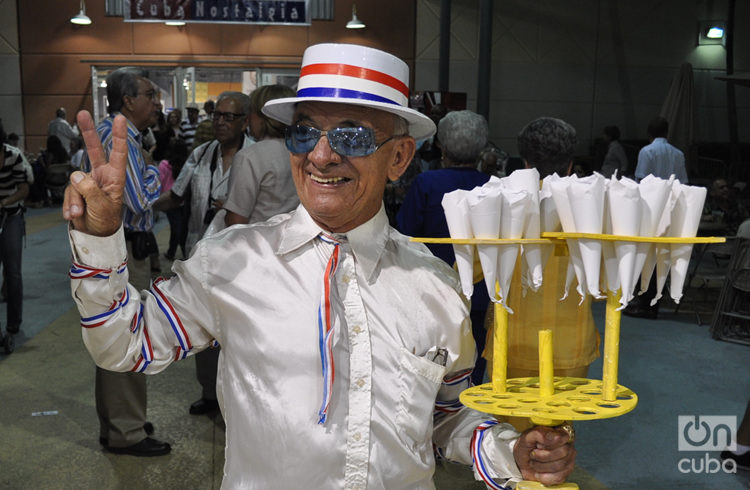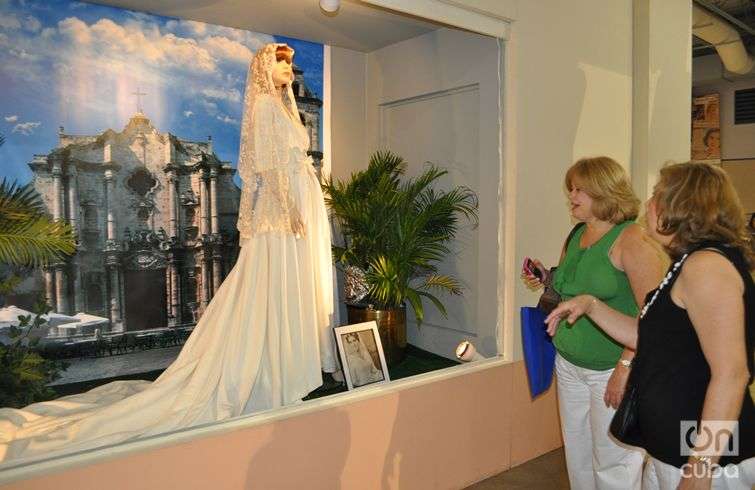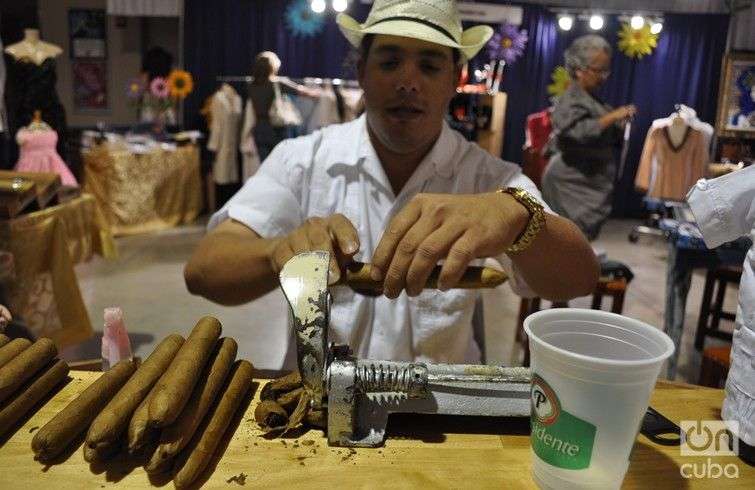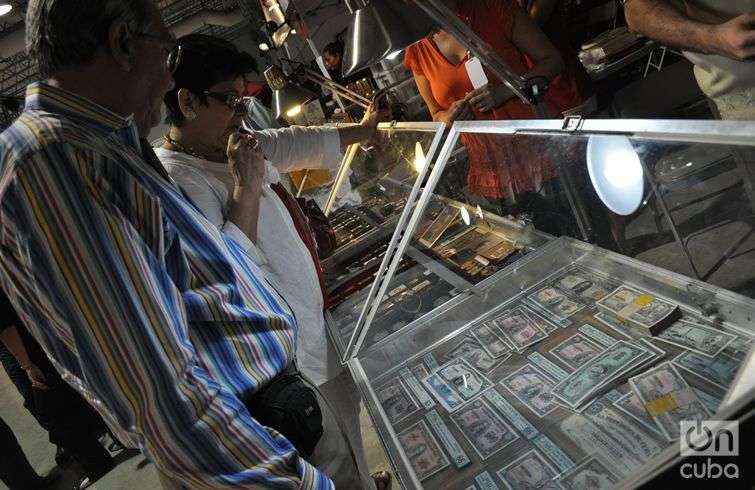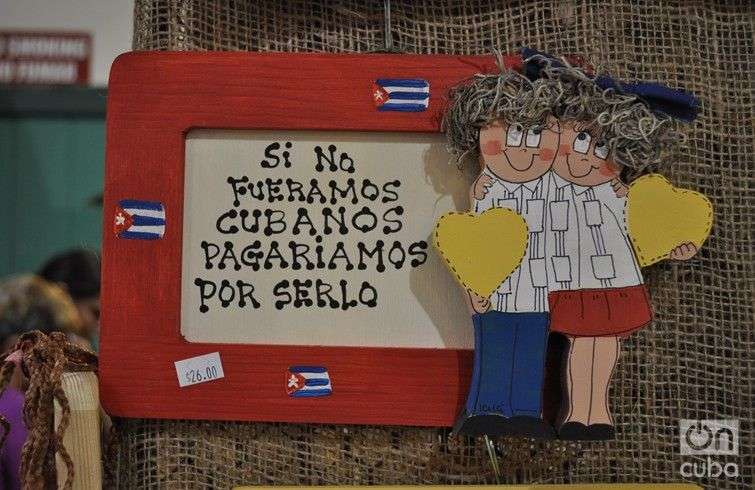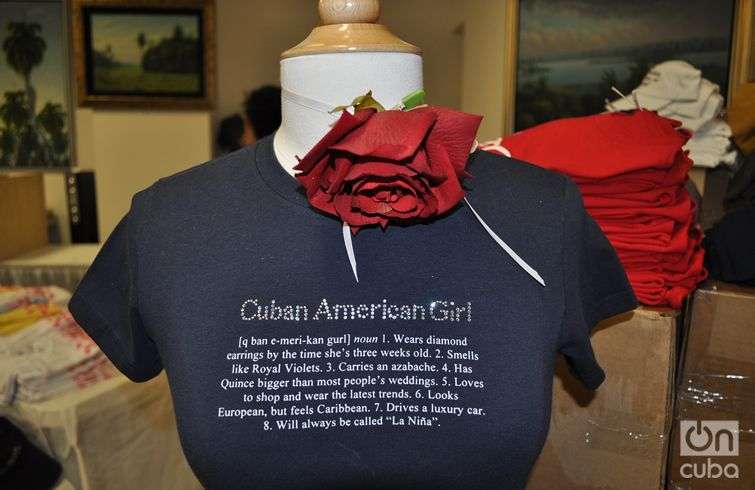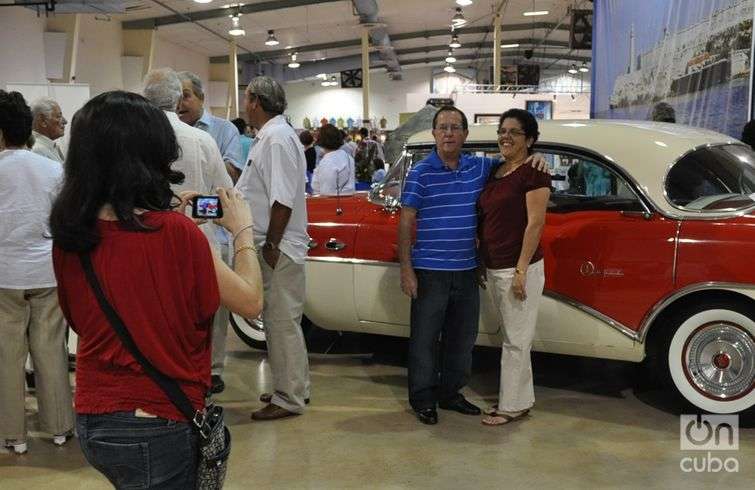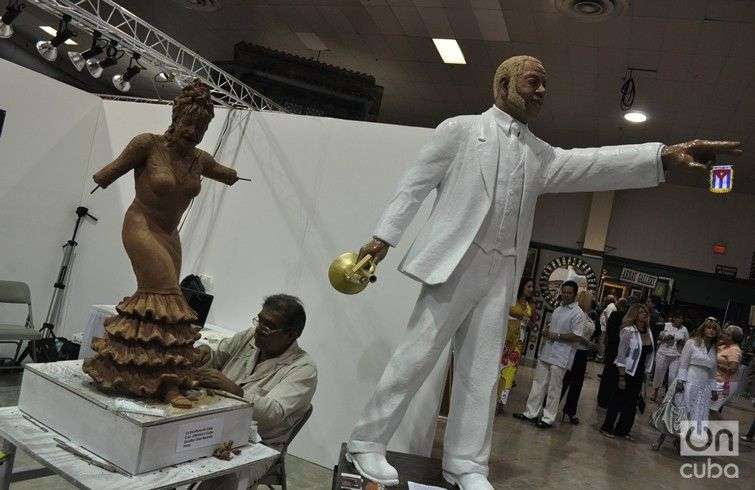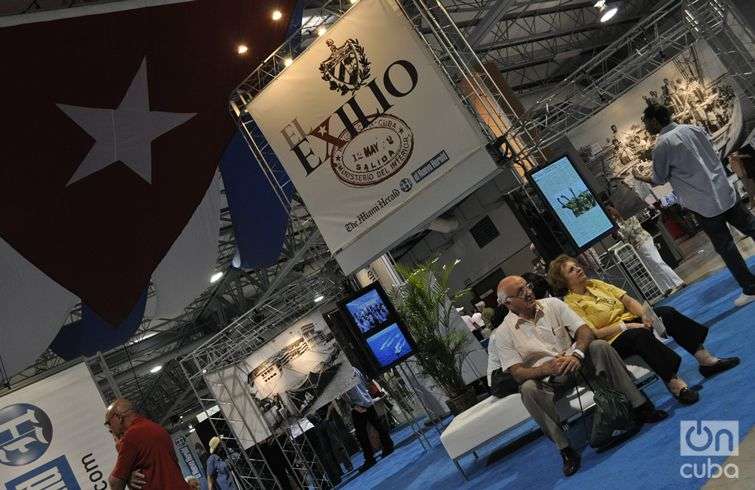An exile always generates nostalgia. And nostalgia can become an industry, when the exile has been pining for the land left behind for over fifty years, without the certainty of seeing it again. It is when recovering the past becomes a necessity before dying.
Every year in Miami, the Cuba Nostalgia show opens its doors, and meets precisely this need of the Cuban exile – especially those of the older members of the community – who are losing from the back of a memory that fades slowly, all landmarks of a past life that, they say, ‘was always better’.
“The Cubans always criticize us because we think that life in Cuba was better than anywhere else. And the truth is that it was. The Cuba of abundance only exists in our memories,” said Mariano Lopez, a naturalized Cuban, who left his country in 1960 at one of the fair’s editions.
At the bottom of it all, Cubans flock every year to Cuba Nostalgia to face their past and if the budget allows, to buy it. Because the show is big business, you can buy everything there. Be it coins and banknotes that have been out of circulation for decades, rare books taken from the island at the bottom of the exiles trunks, disappeared magazines, medals and uniform of an army that no longer exists, or pictures of deceased artists and even old recordings of the clearest Cuban music which, in the words of writer Guillermo Cabrera Infante, was the great contribution of the island to world culture.
And whatever no longer exists in its original state, has been reproduced with modern materials and is on sale in all types of kiosks. In addition, you can even buy reproductions of publicity posters, T-shirts with popular phrases right through to all kinds of photo albums of ‘the Cuba of yesterday’ or an image of the corner of their house.
Moreover, in Cuba Nostalgia you can ‘walk’ on the streets of Havana and Santiago de Cuba through gigantic maps reproduced on the floor, rediscover and teach children and grandchildren about the house that was left behind in a huge expansion of a satellite photo, or remember the good old times spent in the bodega on the corner, with a cup a steaming coffee and a recently rolled cigar in an enormous stage where the shelves are stacked with sausages, tins of conserve, fruits and sacks of rice from the time. The same brands and everything. Only the Galician from behind the counter is missing.
That’s what the bodegas were like in Cuba. Now none of that exists. It’s a real shame”, says Esperanza Céspedes, who despite her health, does not stop visiting the fair every year and indulging herself with the reproduction of a grocery store like the one she had next to her home in the city of Santa Clara, in the centre of the island.
One of the icons of the pre-1959 Cuba when Fidel Castro came to power, was the store El Encanto, whose windows were an obligatory stopping point on the habaneros Sunday strolls, among other things to admire wedding dress suitable for a dream wedding.
“At that time all the well-positioned individuals bought wedding dresses in El Encanto. There was nothing like them throughout Cuba,” said Eloisa Dominguez, pointing to a wooden stage and cardboard, which recreates a window from El Encanto, which includes an authentic wedding dress. The dress belongs Ana Mari White Miyares, 70. “It has a history that dates back to July 15, 1960, when I got married,” she recalls.

The reproduction is the only thing left for the exiles’ memories, because the Havana store El Encanto disappeared in a raging fire in the early hours of April 13, 1961. According to the Cuban government, the fire was caused by many of those individuals who over the years have sighed before wood and cardboard reproduction in Cuba Nostalgia. It was the dawn of the Bay of Pigs landing and the counterrevolutionaries made mischief in the streets of Havana.
The organizers of Cuba Nostalgia say that it is an event for Cubans and for all those who want to understand a little of Cuba. But besides returning to the past, for many Cuban parents and grandparents, the fair is an opportunity to show their children and grandchildren what the Cuba that they left behind was like, to familiarize them with their images, objects and souvenirs.
“People have told me that this is a bit ‘picúo’ (ridiculous). For me it is the way of making sure that my grandchildren have a real image of the country where I lived. What we have here no longer exists and will never be regained. The Cuba of yesterday has disappeared. We only have this, “said Fernando Gonzalez Cuesta, a pensioner in the municipality of the city of Miami.
The environment of Cuba Nostalgia can have a start that is lost in time but also has a well-defined end point. It begins when the Taino Indians inhabited the island and runs until January 1959 when the Cuban Revolution came to power and, for many, it was all over. After that there’s nothing more there.
Cuba Nostalgia is a huge mausoleum of a culture that refuses to go away and barely manages to survive immersed in memories lost in the corner of a memory that remains with the illusion that ‘everything was better in the past’. It is also a way of, and why not?, of exercising a sense of ‘cubanness’, of continuing to be a patriot.
It is also the only place where you can return to ‘walk’ along the Havana Malecón although in this case, is a huge wooden stage and cardboard that has to be repaired every year because, between fairs, the termites sate their hunger.

